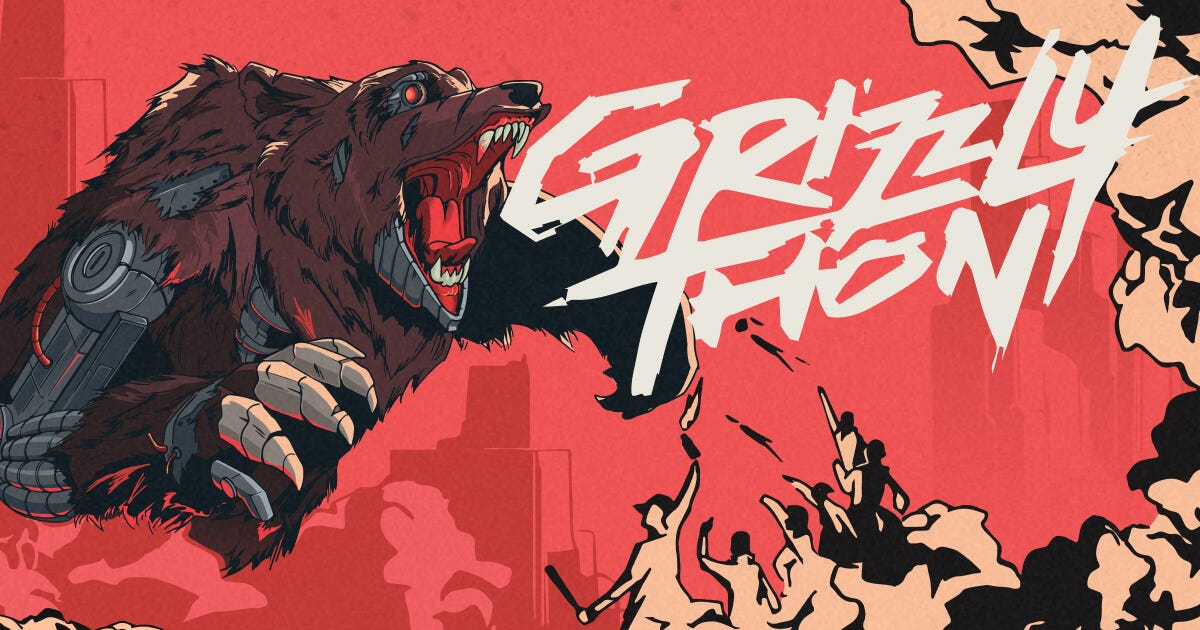Summary
Introduction
Developer Numbers
Proof of Growth - Grizzlython
Active Addresses
TVL doesn’t tell the whole truth
Solana is *NOT* Centralised
Nakamoto Coefficient
New Validator Clients
Geographic Distribution of nodes
Conclusion
Introduction
Every crypto user knows about Solana, one way or another. The popular opinion about Solana appears polarized. Articles, Tweets and Reports are generally either strongly in favour or against it.
Misinformation is abundant around Solana. Several news pieces and influencers claimed, using wrong/outdated data sources, that Solana had only 75 developers. A report by Electric Capital quickly shut down the FUD by proving that Solana is the second biggest blockchain by developers (over 2,000), only behind Ethereum. One other popular claim is that Solana is unusable and consistently experiences periods of prolonged downtime. Data from Solana Status confirms that although there have been periods of downtime, Solana shows a 99.6% uptime since the mainnet went live. In addition, just in the last two months, Polygon, Arbitrum, Avalanche, ZkSync and Hedera had network issues, which were either not mentioned by news outlets, or were mentioned as minor bugs.
Developer Numbers
After a period of fear, uncertainty and doubt regarding the number of developers working on the Solana ecosystem, an article gained traction for claiming only 75 developers. Although Anatoly, the Co-Founder of Solana, and many community members quickly debunked the article's claim, the news sparked an intense debate over the developer count of Solana.
A few months ago, Eletric Capital released a report debunking the number of developers on all blockchains. To the surprise of many, the report confirmed that Solana not only has more than 75 developers, but it is the second-largest blockchain by developer count. On the 15th of December of 2022, Solana had a Total Developer count of 2,082, behind Ethereum’s 5,734 developers. This number represents a growth of 1,002% in two years, compared to a 76% increase on Ethereum.
According to this report, 18% of developers worked full-time, while 82% were working part-time.
Proof of Growth - Grizzlython
The Solana Grizzlython event had a turnout of over 10,000 participants from 70 different countries and a record-breaking submission of 800 projects. A total of 91% of participants planned to pursue their hackathon projects full-time and seek seed funding.
Of the 800 projects, 37% were submitted by university students, indicating Solana's growing appeal to the upcoming generation of innovators.
In contrast, the final hackathon during the 2021 bull market received approximately 550 project submissions. Despite being in the midst of a bear market, Grizzlython experienced a 45% increase compared to the Ignition hackathon.
Active Addresses
Solana consistently averages an equal number of daily active addresses as Polygon and Ethereum, suggesting that there are several projects which have achieved PMF (Product Market Fit).
TVL doesn’t tell the whole truth
It is undeniable that TVL is not the best metric for Solana. It is one of the metrics that has suffered the most from the FTX crash in November. Although low, a direct comparison of Solana's Total Value Locked (TVL) with other blockchains may not provide a comprehensive overview, for several reasons. The main cases for adopting Solana have often been directly related to products serving use cases other than DeFi, such as NFT-DeFi and DePIN. Both use cases are not accounted for when calculating TVL.
Should Solana choose to activate incentives, it's possible that its trading volume could rapidly approach levels similar to those of leading Layer 2 solutions.
Solana is *NOT* Centralised
Over the past year, the Solana validator network has consistently improved in various metrics such as node count, consensus nodes, Nakamoto coefficient and node distribution by Geography.
Nakamoto Coefficient
Today, Solana is one of the largest proof-of-stake networks by node count. Solana's Nakamoto Coefficient is 31, meaning that a minimum of 31 validators colluding can censor the network. This number has remained stable since the last Validator Health Report in August 2022. The Solana Foundation is exploring ways to encourage more high-quality validators to increase the Nakamoto Coefficient over time. Solana has the highest Nakamoto Coefficient out of all other blockchains.
New Validator Clients
Solana has over 3,400 validators, including 2,400 consensus nodes that strengthen the health of the Network.
Until recently, there was only one validator client on Solana, developed by Solana Labs. Jito Labs released a second validator client to mainnet in August 2022. In addition, Jump Crypto announced plans to build a new validator client, Firedancer.
While most of the network still uses the original Solana Labs client, an increasing percentage uses Jito Labs' software. The Solana Foundation is monitoring this number closely and hopes to see it become more evenly distributed over time.
Geographic Distribution of nodes
Blockchains must function regardless of events in a particular region, such as government censorship, power failures, natural disasters, etc. The Solana network is geographically well distributed with no country holding 33.3% or more of the active stake. The network distribution has improved when compared with the last Solana Validator Report with data from August.
The stake distribution of Solana by country is as follows: 23.5% from the US, 13.2% from Great Britain, 11.9% from Ireland, 8.6% from Lithuania, 7.6% from Japan, 6.0% from Canada, 5.8% from Singapore, 5.1% from Poland, 4.2% from the Netherlands, 3.2% from Germany, 1.9% from France, and 2.2% from Russia. Additionally, 4.0% of Solana's stake comes from Other countries.
Conclusion
Based on the data available today, it is clear that Solana has not failed. Solana is also not in the process of failing, but quite the opposite. It is one of the most active blockchains by metrics such as the number of Developers, active addresses and transaction count.








Awesome article. You should address distribution of stake by data center too, where again Solana excels.